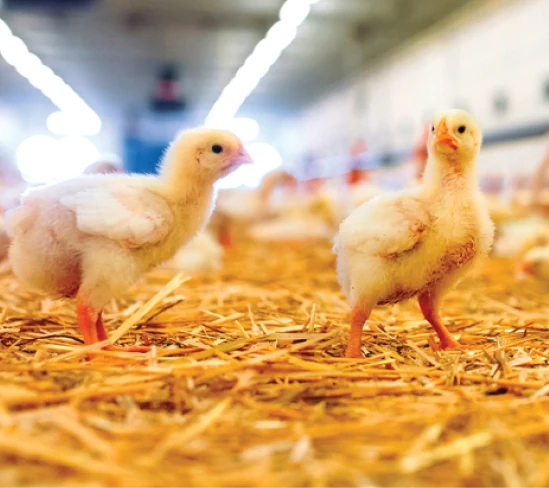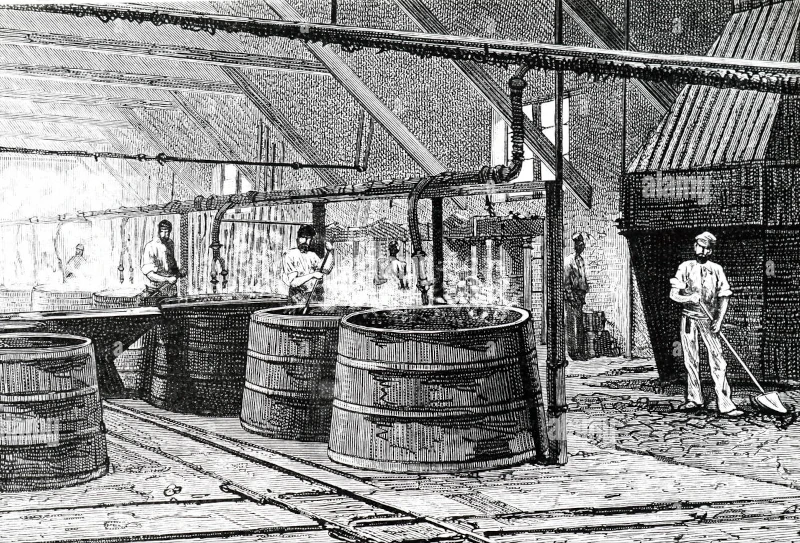
CIP Chemicals
CIP relies substantially on the action of chemicals on soil; hence, proper selection of cleaning agents is essential. Carbohydrate and protein-based soil is removed by alkalis. Fats and oils are insoluble in water and may protect other underlying soil. Fats are melted by heat and effectively solubilized by alkalis. Polyphosphates emulsify fats and oils, thus, increasing the rate of alkaline digestion.
Alkaline Detergents and Their Importance in Cleaning Food Processing Lines

Mineral deposits are produced when hardwater with or without alkali is heated. Similarly, calcium-containing deposits form when heating milk and spinach (calcium oxalate). Such deposits resist alkalis but are dissolved by acids. Alkaline cleaners are especially useful as they digest most organics. Sodium hydroxide is a commonly used alkaline cleaner. Typically, a 0.15–0.5% (wt/wt) sodium hydroxide solution at 75–80°C (15–30 min) is used, but heat exchange surfaces with burnt-on protein deposits require treatment with 1–5% sodium hydroxide. Because sodium hydroxide is corrosive and difficult to rinse, silicates and wetting agents are added to inhibit corrosion and improve rinsing.
Liquid Chlorine or Sodium Hypochlorite
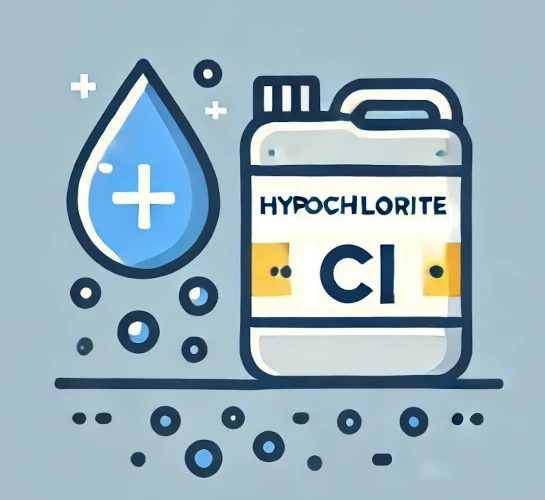
Alkali may be supplemented with sodium hypochlorite (30–100 ppm) to significantly enhance protein and fat removal capability. The damage to stainless steel normally associated with chlorine is insignificant in an alkaline environment at the noted hypochlorite concentrations; however, at alkaline pH, chlorine does not act as a biocide.
Corrosion Inhibitors and Water Softening Agents
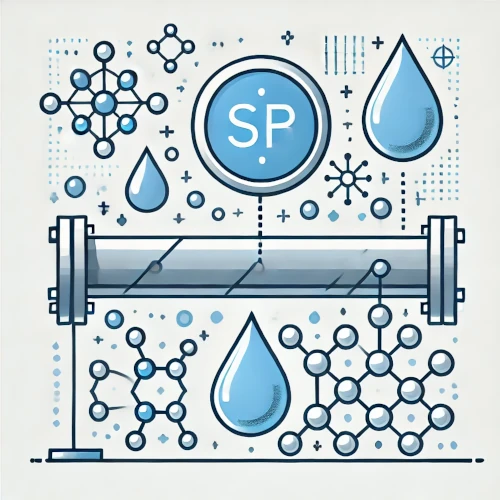
The amount of various additives, for example, sodium metasilicate corrosion inhibitor, sodium tripolyphosphate sequestering or softening agent, wetting agents, and others, needed for a given volume of water is determined by the hardness of the water used in cleaning. High-quality soft water (e.g., reverse osmosis water) is used in many biopharmaceutical cleaning operations, but the potable-quality water used to clean food-processing plants may be much harder. Generally, it is less expensive to use ion exchanger–softened water than to add large amounts of softening chemicals.
Acidic Detergents and Their Importance in Cleaning Food and Pharmaceutical Processing Lines

An acid wash generally follows an alkaline wash in food-processing facilities. Acid neutralizes any alkaline residue and removes mineral deposits, such as hardwater stone, milk stone, beer stone, and calcium oxalate. Acid cleaners contain about 0.5% (wt/wt) acid. Formulations may have phosphoric acid; however, because mineral acids are extremely corrosive to steel, the use of organic acid (e.g., lactic, gluconic, and glycolic) cleaners is preferred.
Routine acid washes of biopharmaceutical process equipment are not necessary if deionized water is used in production and cleaning, and the peculiarities of production (e.g., media high in Ca2+ and Mg2+) do not contribute to the build-up of acid-soluble deposits. An occasional acid wash – every 6 months – with 5 min recirculation of 0.5% (w/v) nitric acid at 60°C is sufficient. Nitric acid should not be used for routine cleaning.
Foaming Agents

Any wetting agents (surfactants) used in alkaline and acid CIP washes should be a nonfoaming type, or an antifoam agent may have to be included in the formulation. Typically, a cleaning formulation has ~0.15% wetting agent. Depending on compatibilities, anionic, cationic, or nonionic wetting agents may be used. Nonionic agents (e.g., ethylene oxide–fatty acid condensates) are especially useful because they are poor foamers.
Disinfectants
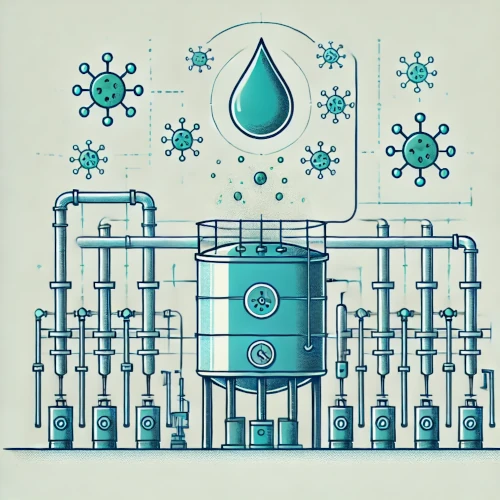
A sanitizing wash commonly follows acid treatment in food-processing facilities. A solution of QAS usually at ~200 ppm is sometimes used. QATs are cationic wetting agents that have good bactericidal properties, especially against Gram-positive microorganisms. QATs are less effective against Gram-negative microbes, such as Escherichia coli and Salmonella sp. QATs are incompatible with many minerals and soils; hence, they are used in the final treatment stages when all of the soil has been removed. QATs tend to foam. Other useful disinfecting agents include biguanides and peracetic acid. Peracetic acid should not be used in water containing excessive chloride, or corrosion could be promoted in stainless steel equipment. A sanitizing wash is essential in food processing, especially when equipment lines employ less sanitary devices, such as butterfly and ball valves, or other machines not intended for extended sterile processing.
Conclusion
These guidelines for the selection of CIP chemicals are intended to provide only a general picture. Because the nature of soil varies tremendously, selection of suitable cleaning media requires consideration of relevant chemistry, microbiology, compatibility and safety issues, and cost.
References:
Encyclopedia of Food Microbiology (2000), Volume 3, editor-in-chief Carl A. Batt Cornell University, Ithaca, NY, USA editor Mary Lou Tortorello U.S. Food and Drug Administration, Bedford Park, IL, USA, Page 194, Second edition (2014) Elsevier, Amsterdam, Netherlands


